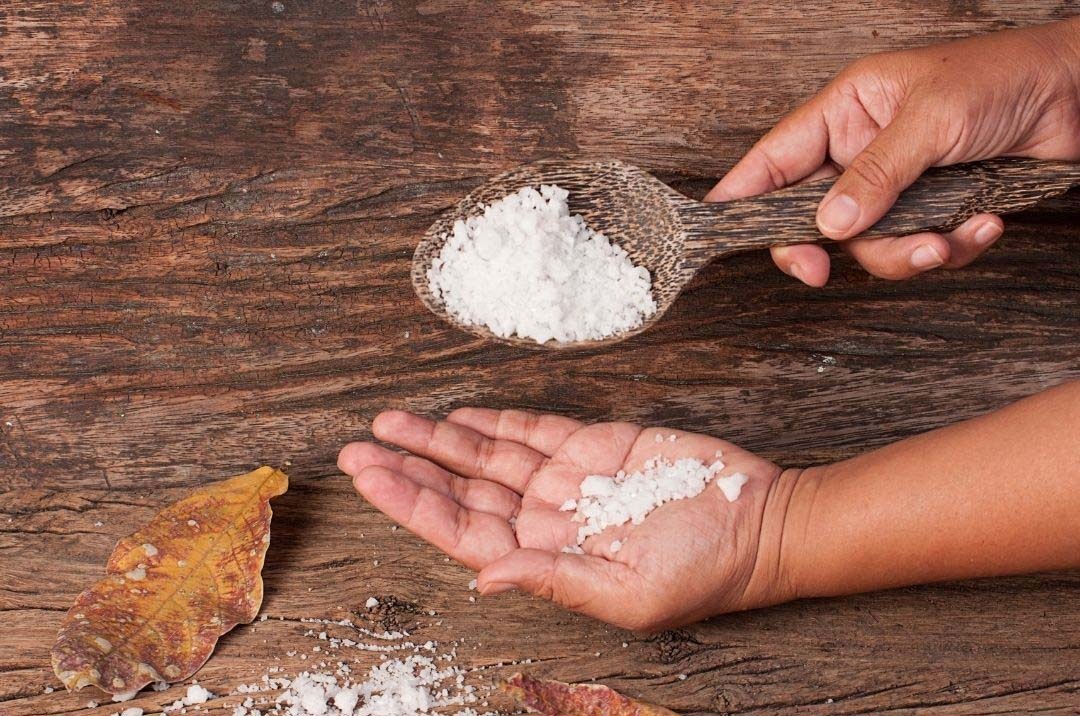As parents, there are a lot of messages out there about reducing your child’s intake of certain unhealthy foods, but have you heard about the salty six? Too much sugar or fat can have detrimental effects on children’s health, and while it is important to reduce your child’s intake of these food additions, it is also vital to be conscious of their sodium intake as well. In this article, you will learn the effects of having too much sodium in your child’s diet and how to reduce their consumption of high sodium products.
These six foods can add high levels of sodium to your child’s diet
As we all know, too much sodium in a diet can lead to high blood pressure and heart disease in adults. Unfortunately, children are just as likely to develop these issues as well. Excess sodium can also negatively affect bone, brain, stomach, and kidney health. These negative effects are why it is important to be aware of how much sodium your child may be consuming and keep them on a healthful path. So, where does all this sodium come from? The answer is mostly from processed foods, i.e., the salty six. These six food items have been found to be the top contributors to your child’s daily sodium intake.
Daily suggested sodium referenced below is based on 2,300 mg/day recommendation (1):
1. Breads and Rolls: Some foods you might eat throughout the day, such as bread, can add up to a lot of sodium even though each serving may not seem high in sodium.
2. Pizza: A slice of pepperoni pizza can contain almost a third of your daily recommended dietary sodium. Try swapping in veggies to your next slice.
3. Sandwiches: A sandwich or burger from a fast-food restaurant can contain more than 100 percent of your daily suggested dietary sodium. Try half a sandwich with a side salad instead.
4. Cold Cuts and Cured Meats: One 2oz. serving, or 6 thin slices, of deli meat can contain as much as a third of your daily recommended dietary sodium. Instead, build a sandwich with fresh vegetables such as lettuce, tomatoes, avocados, and bell peppers.
5. Soup: Sodium in one cup of canned soup of the same variety can range from 49 to 830 milligrams – more than a third of your daily recommended intake. Check the labels to find lower-sodium types.
6. Burritos and Tacos: Taco toppings and burrito fillings can pack a big sodium punch. Choose burritos and tacos that are full of veggies and lean sources of protein.
Did any of these salty six items surprise you? If so, know that you can switch to a low-sodium diet with a few simple changes. This change will help improve the overall health of your child and set up healthy eating habits for a lifetime.
In addition, you can reduce your child’s sodium intake with a few simple steps:
1. Read the Nutrition Facts label for information on the sodium content of the foods you eat on a daily/weekly basis.
2. Figure out what the % Daily Value of sodium is for these foods. For example, a high source of sodium will be 20% or more, and a low source of sodium will be 5% or lower.
3. Find low-sodium options at the grocery store to replace those six salty foods in your daily meals.
4. You can also focus on eating more home-cooked meals, where you have more control over sodium as opposed to dining out.
Starting with just a few simple dietary changes can have an extraordinary impact on lowering your child’s sodium intake. It will be well worth your efforts in the long run.
Sources
1. The Salty Six Infographic. (2021). American Heart Association.
https://www.heart.org/en/healthy-living/healthy-eating/eat-smart/sodium/salty-six-infograp hic.




